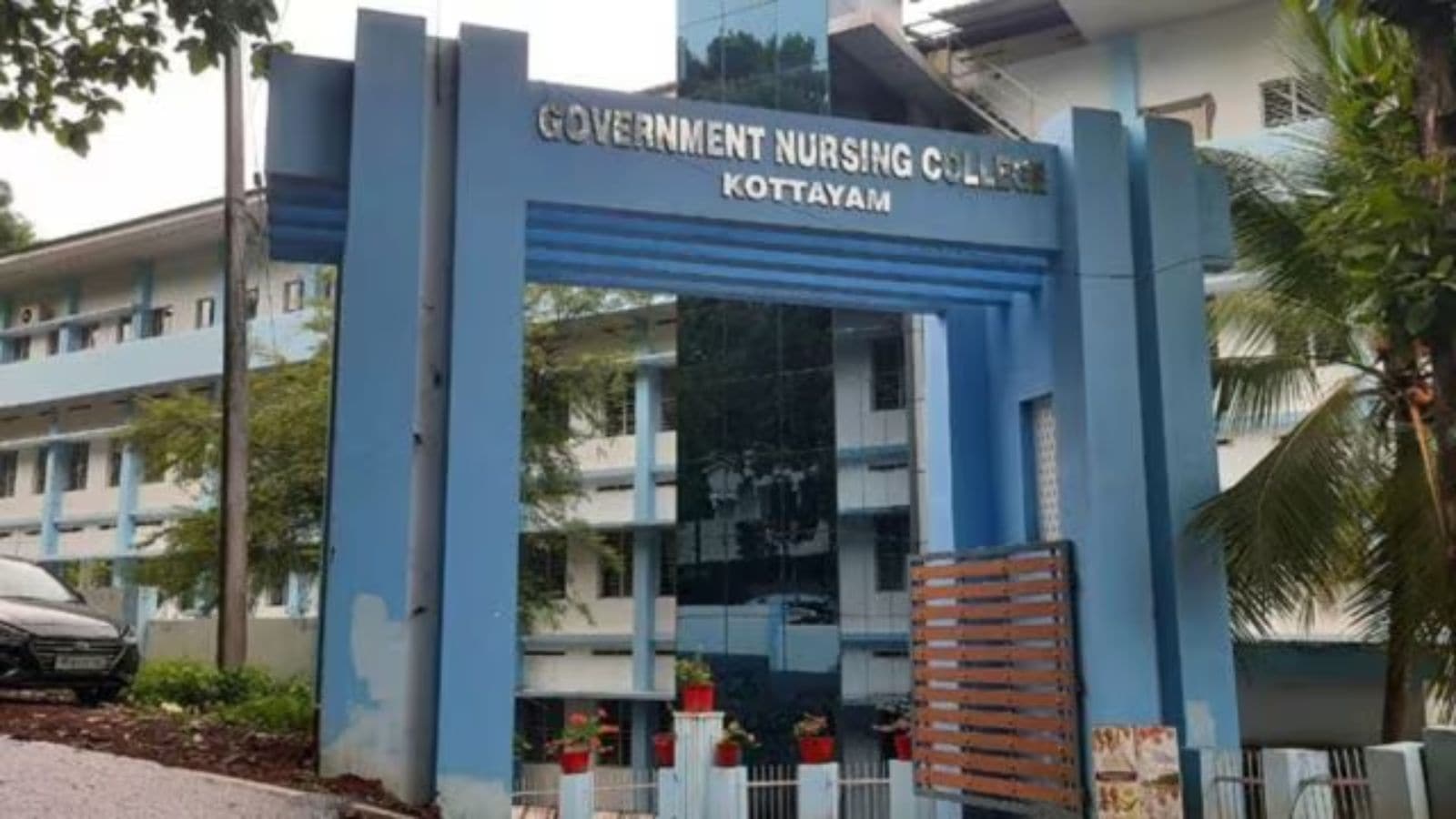 |
|
The recent surfacing of a disturbing video depicting the brutal ragging of a first-year student at a government nursing college in Kottayam, Kerala, has sent shockwaves through the state and highlighted the deeply rooted issue of violence and intimidation within educational institutions. The video, which circulated widely on Thursday, shows the victim, a young man, bound and subjected to a series of horrific acts of violence at the hands of five senior students. These acts included being jabbed with a sharp object, having lotion poured into his mouth, and enduring verbal abuse while his cries for help were met with laughter from his tormentors. The graphic nature of the video underscores the severity of the crime and raises serious questions about the safety and well-being of students within the college environment. The incident, which spanned several months between November 16th, 2023 and February 10th, 2024, involved the five senior students extorting money from their junior. The abuse escalated when the victim allegedly failed to show sufficient 'respect' towards his seniors, leading to the physical assault captured on the now-viral video.
The swift arrest of the five accused students on Tuesday, February 11th, followed a complaint filed by the victim with the college authorities, who subsequently reported the matter to the police. The arrested individuals, members of the Kerala Government Student Nurses Association (KGSNA), a non-politically affiliated student group, face charges of causing hurt, criminal intimidation, extortion, and violations of the Kerala Prohibition of Ragging Act. One of the accused was the state general secretary of the KGSNA, highlighting the potential for systemic issues within the student organization itself. The college has suspended the five accused students, demonstrating a willingness to address the issue, although questions remain regarding the effectiveness of the college’s internal mechanisms for preventing and addressing incidents of ragging.
Beyond the immediate arrests and charges, the police investigation is expanding to determine whether more students were victims of similar acts of violence. Kottayam SP Shahul Hameed stated that the police are actively pursuing this line of inquiry, intending to record statements from additional students. This investigation is crucial not only to identify any further victims but also to get to the bottom of the ragging culture that appears to have taken hold within the college. Critically, the investigation extends to exploring potential complicity from authorities within the college, including the hostel warden. The fact that the ragging incidents persisted over several months raises serious concerns about whether sufficient oversight and intervention from college authorities could have prevented this from occurring. The father of the victim stated that he was unaware of his son’s ordeal until his son filed the complaint on February 11th, suggesting a potential systemic failure to report or address incidents of student harassment.
The revelation of this incident underscores a significant flaw in the systems designed to protect students from such violence. The absence of party-affiliated student groups within the Kottayam nursing college, unlike many other nursing and medical colleges in the state, does not appear to have prevented the perpetration of this violent ragging. This raises the question of whether the current mechanisms and regulations are sufficient in combating ragging, or if a more comprehensive and proactive approach is required. The investigation into the creation and distribution of the video is also crucial. Understanding how the video was filmed and subsequently leaked could help shed light on potential accomplices and further evidence surrounding the broader incident. The question of institutional complicity is paramount. Did the college administration fail to act on prior reports or suspicions of ragging? Were there systemic failures in the reporting or response protocols? A thorough, transparent, and independent inquiry is essential to determine accountability and prevent similar incidents in the future.
The incident in Kottayam has ignited a renewed focus on the persistent issue of ragging in educational institutions across India. It highlights the urgent need for stricter enforcement of anti-ragging laws, improved reporting mechanisms, and a greater commitment from educational institutions to foster a culture of respect and safety for all students. The video's release has served as a catalyst, bringing this issue to the forefront of public discourse and compelling authorities to take decisive action. The long-term implications of this incident extend beyond the immediate consequences for the perpetrators. It calls for a comprehensive reevaluation of existing policies, procedures, and preventative measures within educational institutions to ensure student safety and wellbeing. The success of this effort will depend on a collaborative approach involving students, faculty, administration, and law enforcement working together to create a more secure and supportive learning environment.
